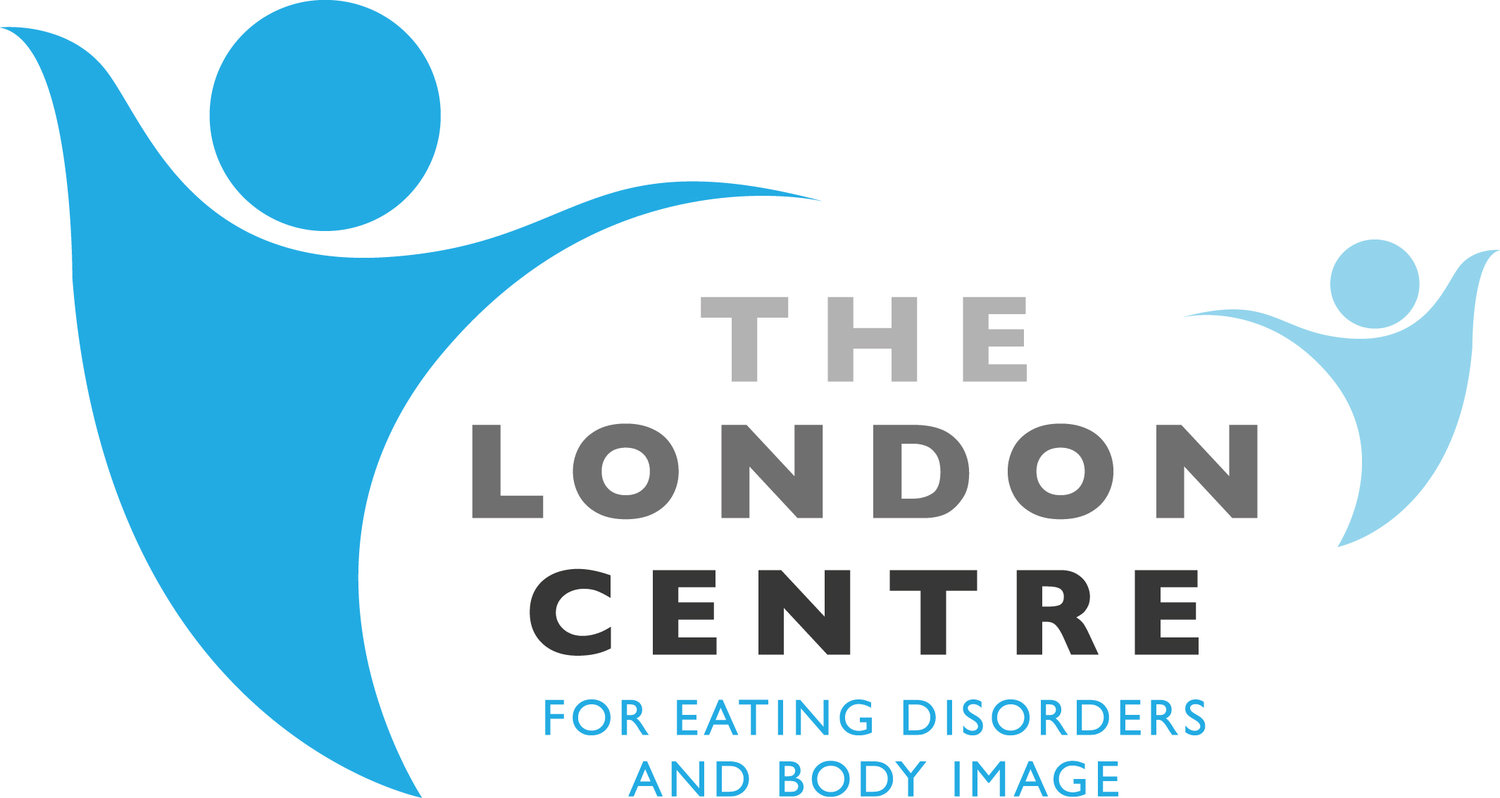ARFID, Autism and Anorexia
It’s common for people with autism spectrum disorders (ASD) to have issues around eating. This is because those with ASD tend to have repetitive or very focussed behaviours or interests, and may also experience high sensitivity to sensory experiences.
Eating disorder or Disordered eating?
Sensory experiences such as smells, tastes, textures, noises and body sensations may be uncomfortable or perceived as harmful to those with ASD. This doesn’t necessarily mean that someone has an eating disorder. It may just be that work needs to be done to ensure that the person is able to meet all their nutritional needs, within the parameters of their preferences.
However, if there are a wide range of aversive sensory experiences, it may lead to someone consuming a very limited variety of foods. They may also begin to experience distress around eating. This can result in low energy, malnutrition, arrested growth or weight loss - and this would be seen as meeting the diagnostic criteria for avoidant/ restrictive food intake disorder (ARFID).
Those with ARFID may lose weight to the same level as someone with anorexia - and this sometimes leads to the misdiagnosis of Anorexia Nervosa. However, a key difference is that the drive for thinness or fear of weight gain is not present in ARFID. However, the weight loss or failure of weight gain is just as dangerous for those with ARFID as those with AN - and it is crucial that treatment is sought.

